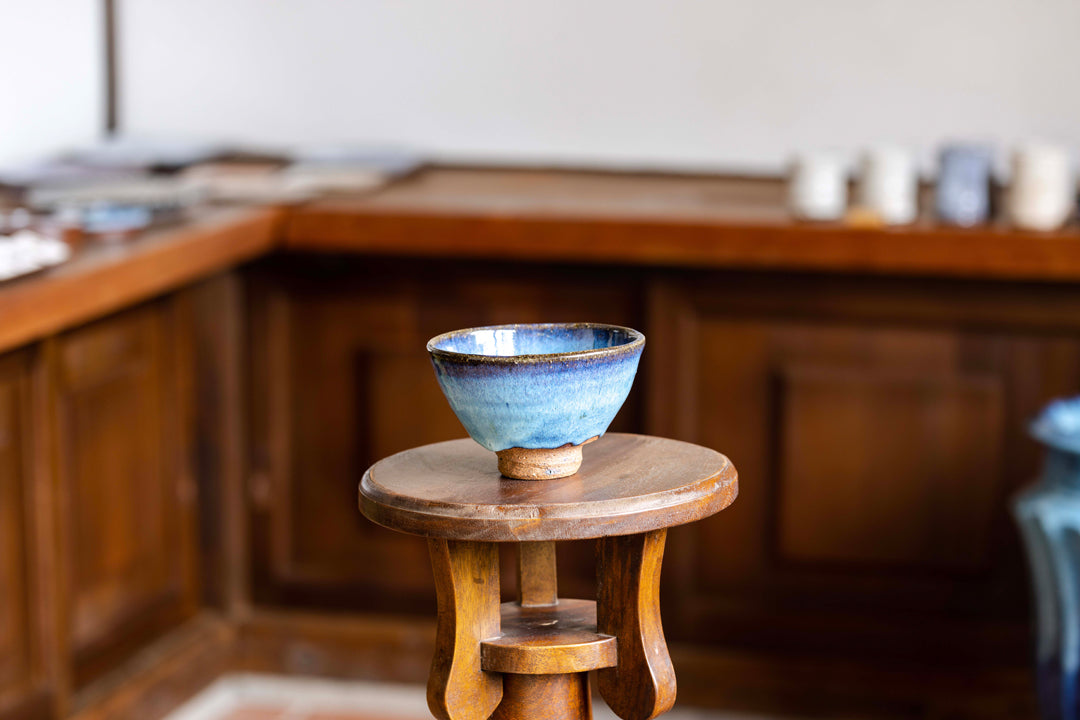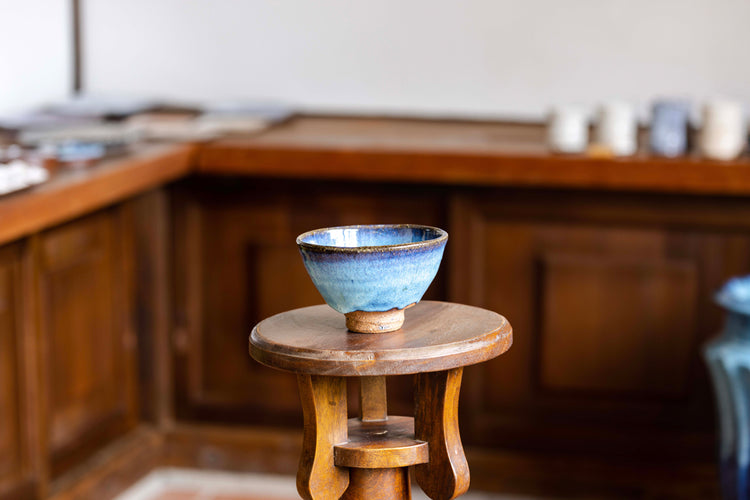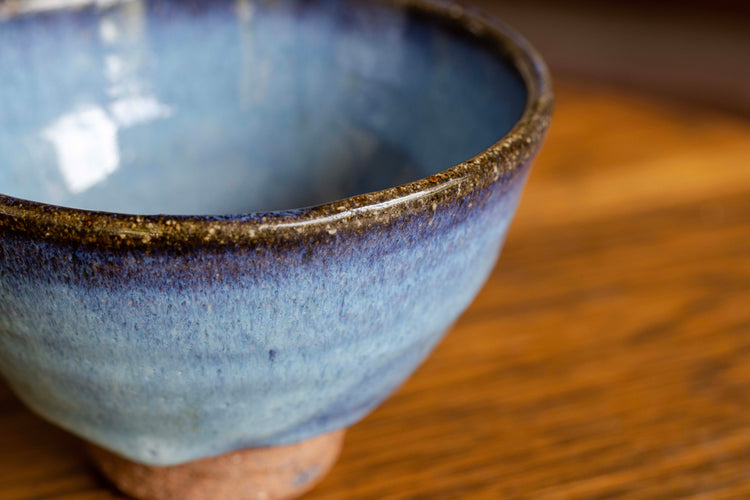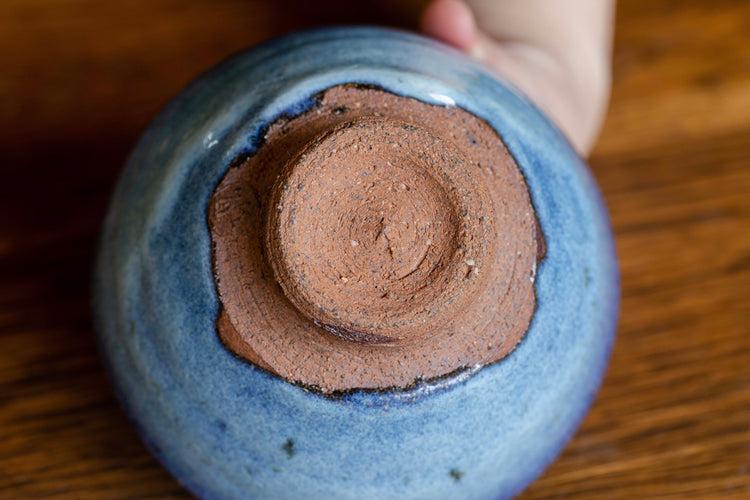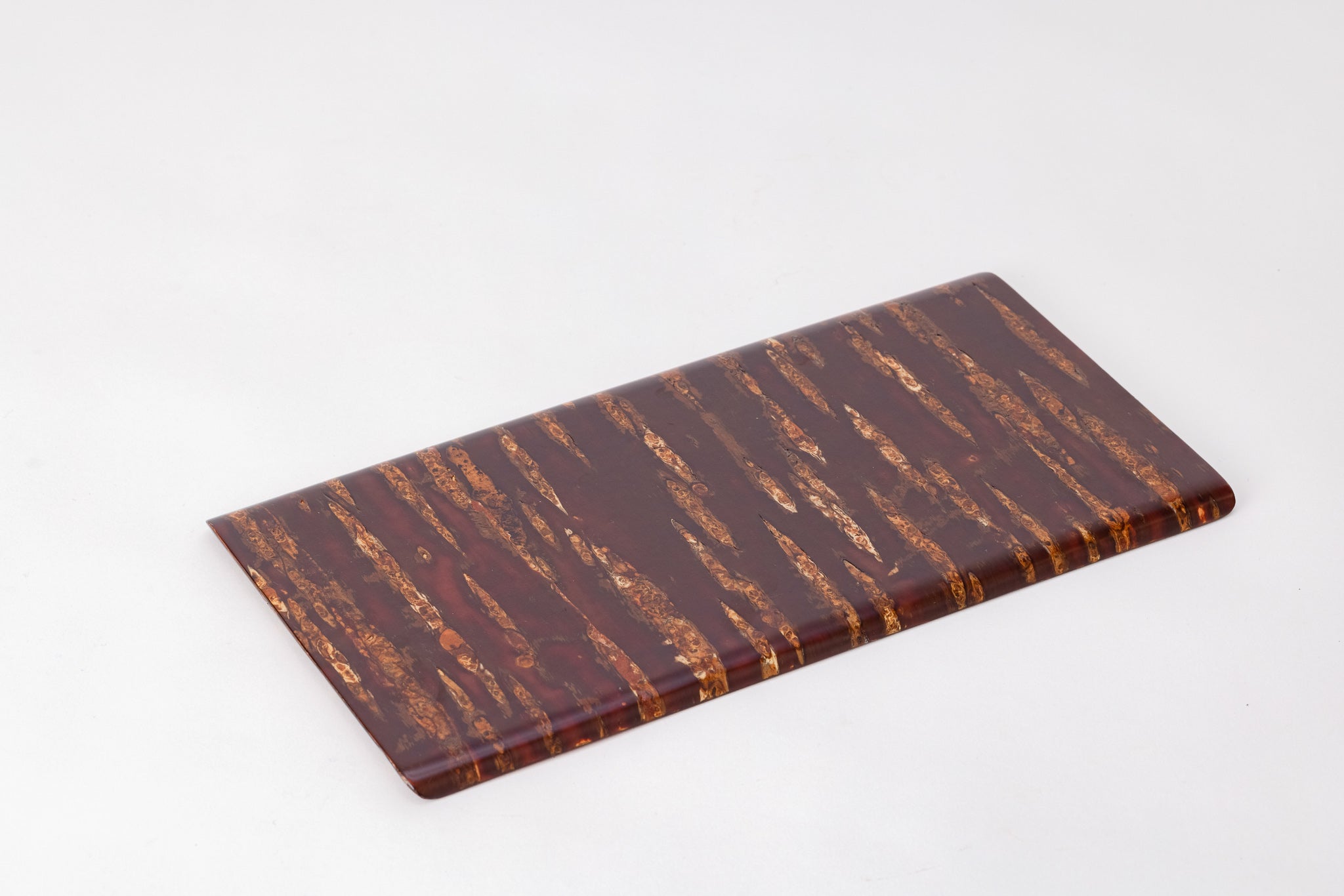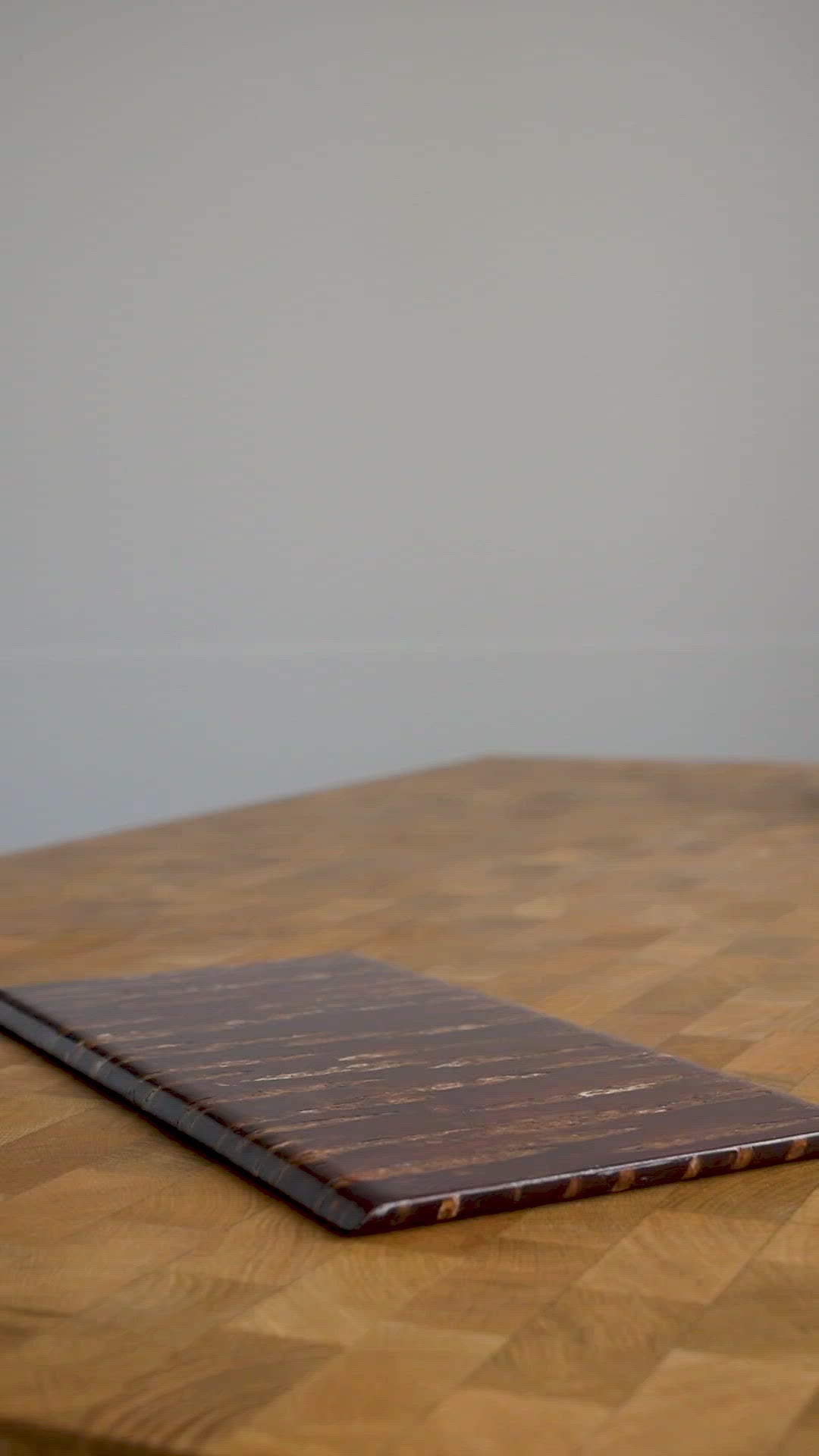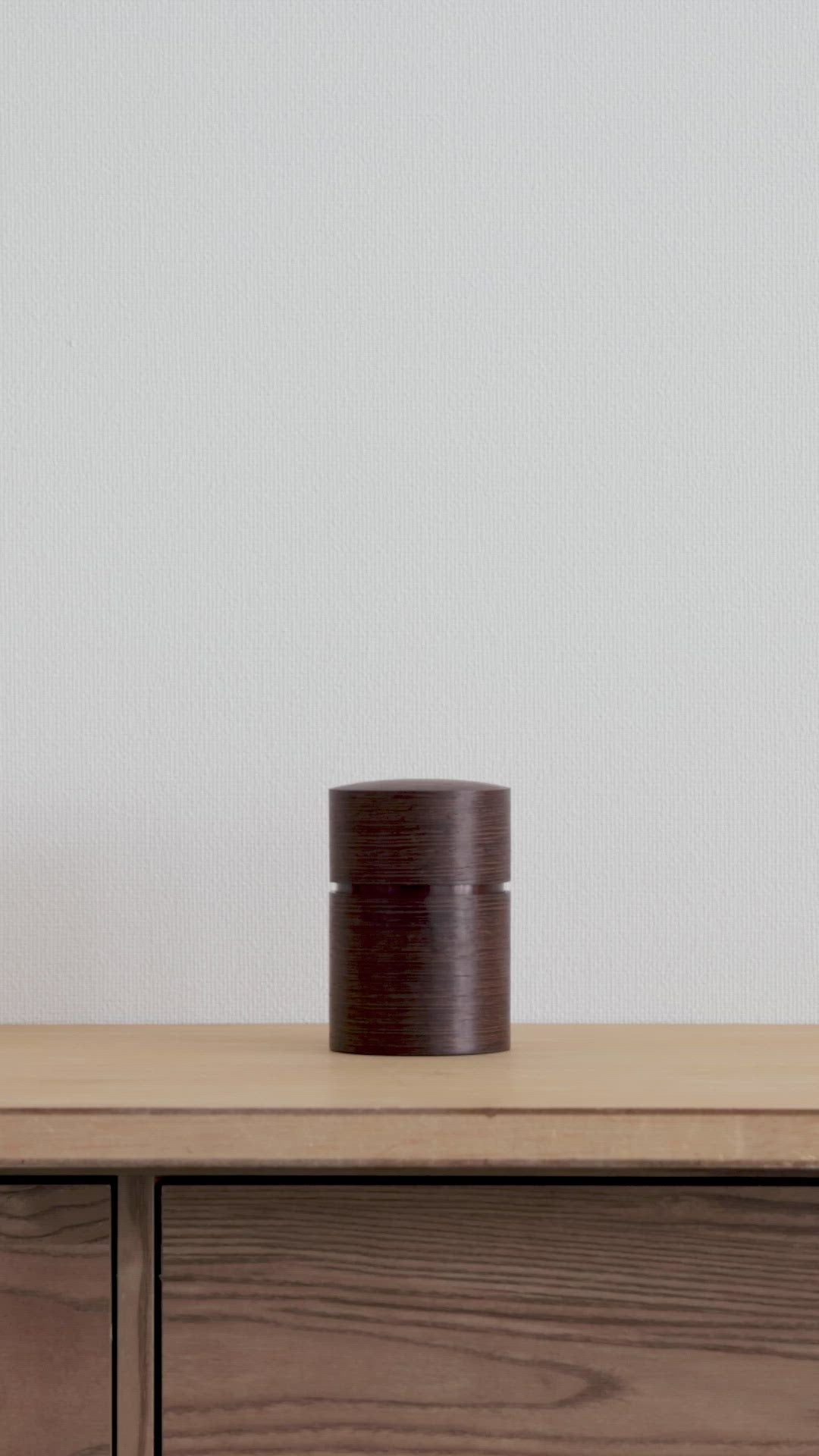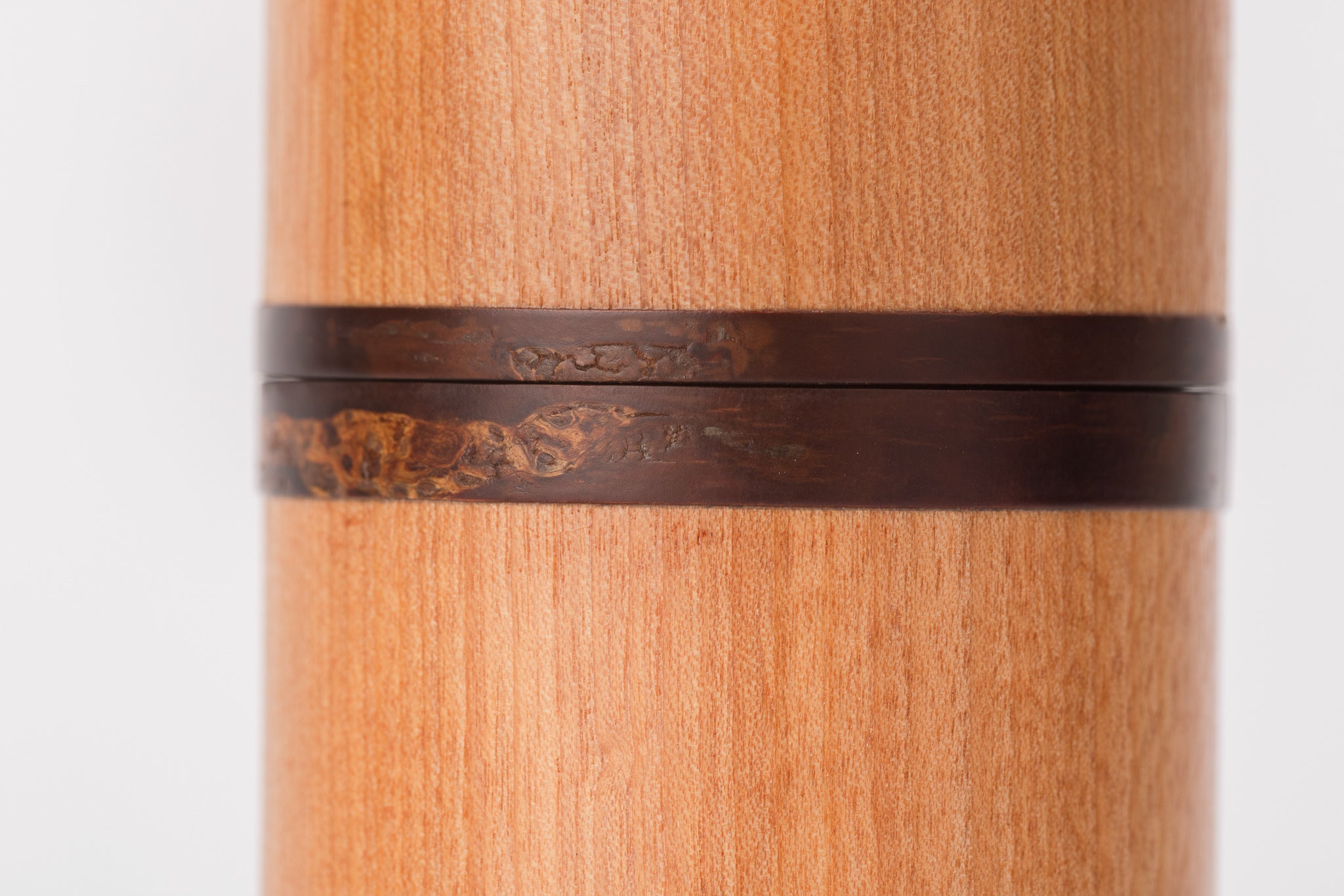Namako Glaze Matcha Bowl C
- Low stock - 1 item left
- Inventory on the way
Contemplate the rich green of matcha and the deep blue of Shiraiwa-yaki
The simple beauty of this rustic chawan by Toshiharu Watanabe creates a contemplative cup of matcha that reflects the zen values of Japanese tea ceremony. It can be used daily or for tea ceremony.
*This item ships from Akita Prefecture. Please allow for longer delivery times.
Studio: Shiraiwa-yaki Waheegama (by Toshiharu Watanabe)
Origin: Shiraiwa, Akita
Dimensions: Ø13.5 x H9 cm
Weight: 400g
Materials: Shiraiwa-yaki, Namako Glaze
For MEMENTOS Shiraiwa-yaki accessories:
In order to maintain the inherent quality of Shiraiwa Ware, brooches is not coated.
Handle with care.
Do not wet the product.
Avoid excess humidity, aridity, and direct sunlight.
Avoid sudden temperature changes due to contact with heated or cold objects.
If the brass fittings begin to darken, wipe with a soft cloth before wearing. To prevent the metal fittings from discoloring, store your brooch in an airtight bag.
For Shiraiwa-yaki Tableware:
Soak thoroughly with water before use (there is no need to soak these items in rice water or other special methods to prepare them for use.) The golden and platinum plated items should be thoroughly saturated with water the first few times before use as the plated areas are particularly prone to absorbing the smells and colors from food. It is also recommended that tableware used for soy sauce, Japanese sake, and other foods or drinks with strong aromas and colors are soaked in water several times before use.
After using your tableware, quickly wash it with dish soap, rinse, and let it dry thoroughly before storing.
The handmade items from Shiraiwayaki Waheegama often have tiny holes on the surface of the glaze called “Kanyu.” This is not a defect, but rather a special characteristic of this pottery.
If you are concerned about stains, such as tea stains, on your tableware, we recommend washing the items with salt or baking soda.
You can use items with a dishwasher. However, it is recommended to wash thin pieces by hand.
Avoid using a microwave with golden and platinum plated pieces. All other glazed items can be used with a microwave.





